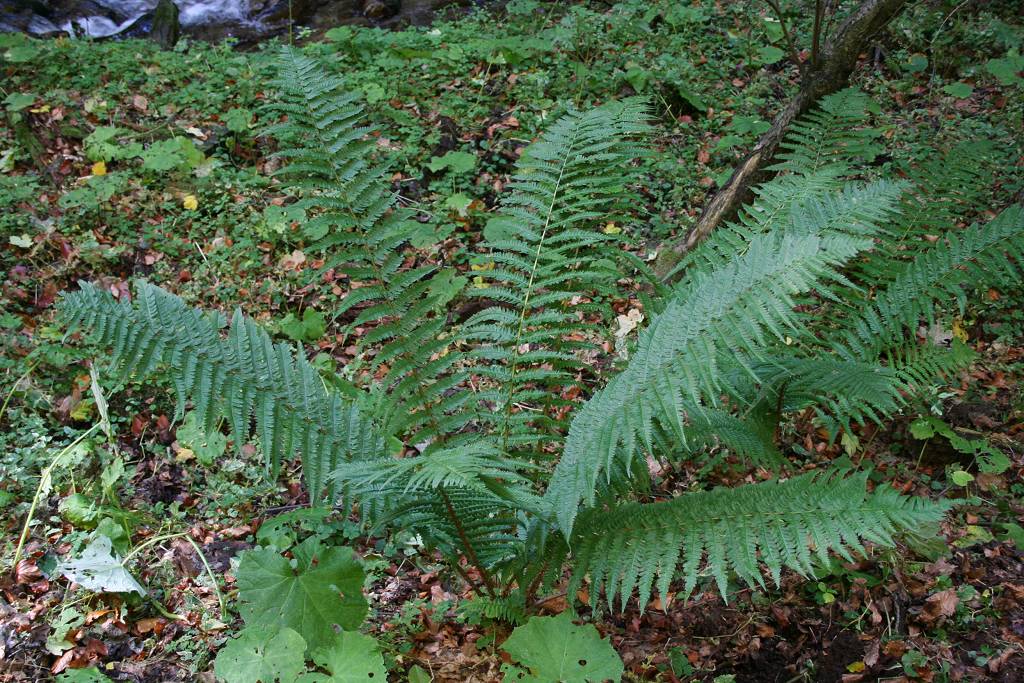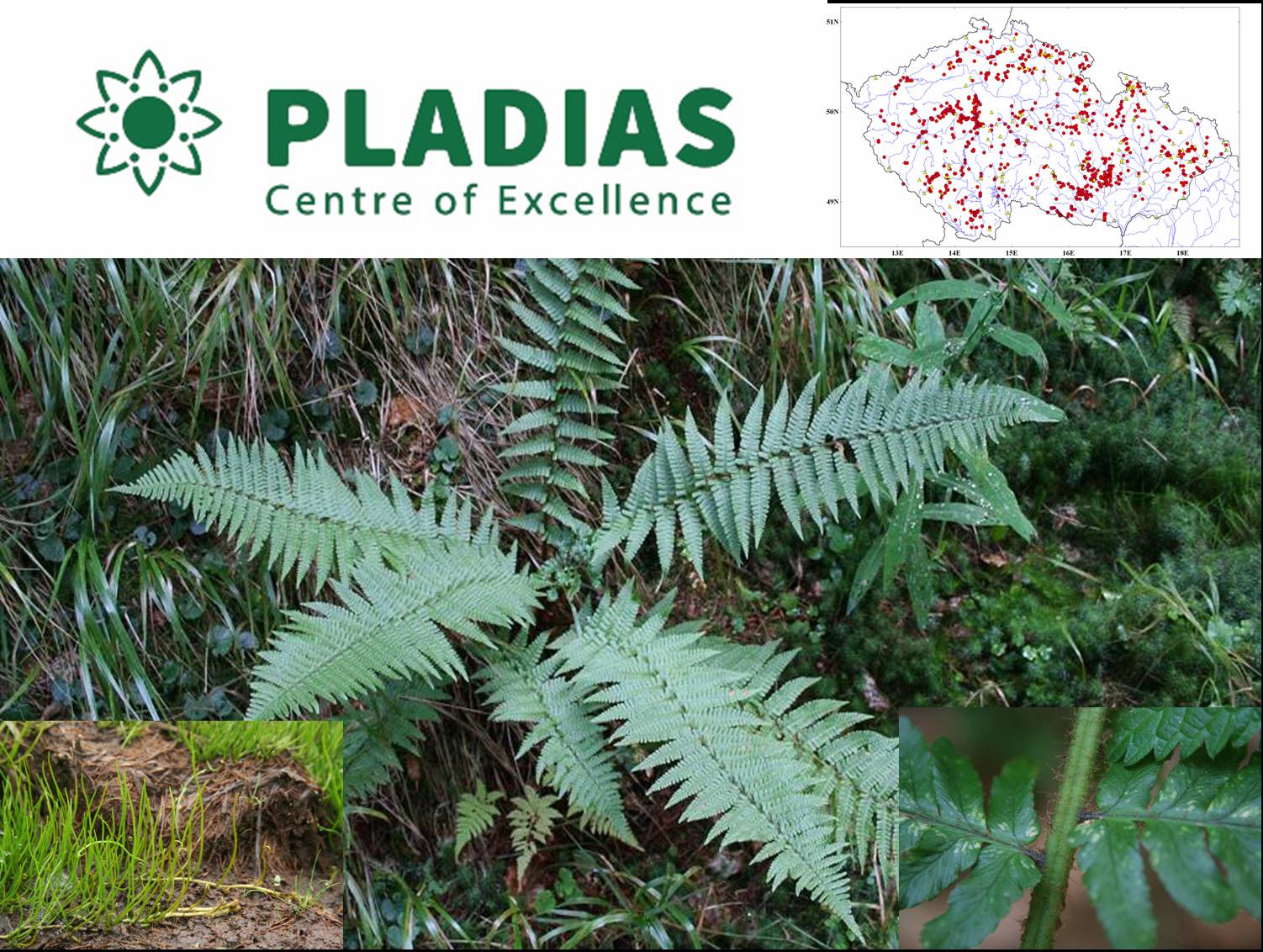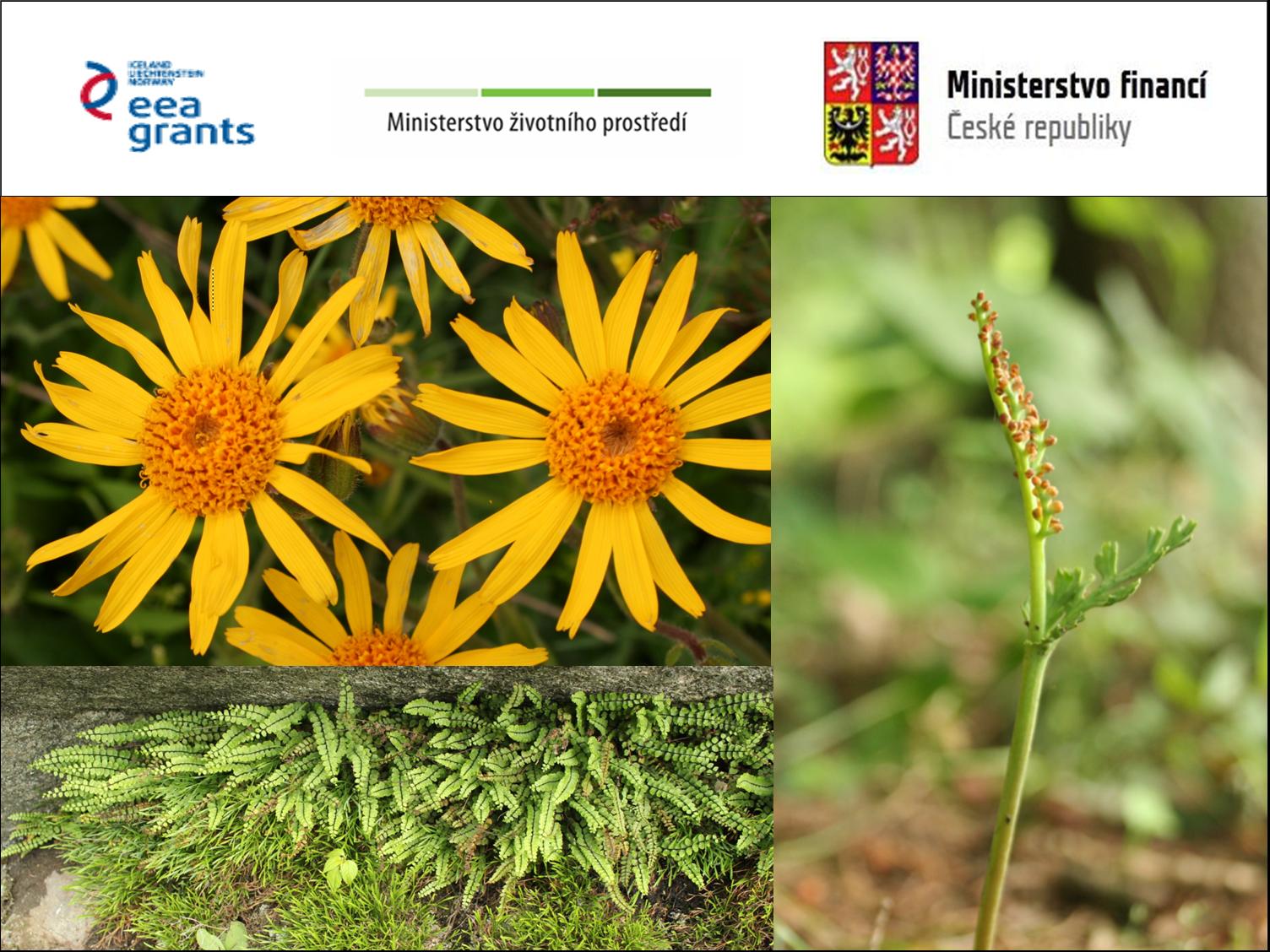Libor Ekrt – Research
Current research grants:
GAČR no. 19-17379S – Boj o nadvládu mezi sexuály a apomikty: mechanismy a následky konfliktu mezi dvěma typy reprodukce u kapraďů / War of dominance between sexuals and apomicts: the mechanisms and consequences of the conflict between the two types of reproduction in wood ferns
Current research projects:
-

Is asexual reproduction faster than sexual reproduction in ferns?
Sexual reproduction of ferns occurs on small gametophytes. In the temperate climate of Central Europe, there is little time and every day counts. Sporophytes of some species are formed by gametophytes asexually (apomictically) and some developmental stages can be skipped. There is no need for sexual organs and cells. No need to wait for the right mate and for the right moisture conditions needed for fertilization. If apomictic ferns are capable of speeding up their reproduction, they have a great advantage over sexually reproducing ferns.
We observe and compare the development of several apomictic and sexual fern species. Gametophytes are cultivated on an agar medium under artificial illumination in a cultivation box. For each species we record germination percentage reflecting the ability to form functional spores. Furthermore, we observe how many individuals reach the meristic phase, a sign of maturity. Only meristic gametophytes can form eggs or asexual sporophytes. We also compare the production of sexual organs and their distribution among the populace. Finally, we measure the ability to form sporophytes.
-
The fight between sexual and apomictic reproduction in male ferns
In natural populations of ferns, we may observe several species coexisting, some of which reproduce sexually and some asexually (apomictically). We focus on Central European scaly male ferns. There, this complicated group is represented by three species: Dryopteris affinis, D. borreri and D. cambrensis. All three species reproduce via apomixis, in contrast to their relative male fern (D. filix-mas) reproducing sexually. Or goal is to compare their reproductive characteristics and to see which reproduction type would win the fight in shared populations.
We compare the ability to form viable spores by apomicts and sexuals via measuring spore abortion. Unlike germination, spore abortion is not affected by the age of the herbaria specimen. We also test the compare the characteristics of gametophytes based on the size of their originating spore. Individual spores are measured under a microscope and are each transferred into their own wells on a multi-well plate with agar medium. Every month, we take photos of each plant and compare their size. Thus, we can test whether larger spores lead to larger gametophytes. Finally, we let sexual and apomictic species compete directly by two tests. First, we put 20 spores together and record population size each month. Spores are planted at different ratios of sexual and apomictic species (20:0, 15:5, 10:10). Second, we analyze the intergenerational effect. Spores of each species are sown in the presence of a mature gametophyte of a different species the development of spores is compared to a control group without the mature gametophyte.
-
Antheridiogens – fern dating
The sex expression of ferns is affected by various factors. To reproduce, fern gametophytes often need the presence of another mate. One form sperm, the other forms eggs. This way, a high level of genetic diversity can be maintained. But how to guarantee the presence of enough individuals with the right sex? For that purpose, fern females produce pheromones called antheridiogens. The pheromone indicates a presence of a mature female with an egg ready for fertilization. Surrounding young, asexual gametophytes respond by focusing all their energy to make sperm. Not all species of ferns use this system and there are several types of antheridiogens. These are chemically distinct and affect a different set of species but are functionally the same. The topic of antheridiogens if very broad. For example, some species abuse this altruistic system to suppress competitors. To fully grasp this topic a full list of all the tested species is necessary.
In cooperation with our colleagues from the USA (Colgate University, University of Florida) we test different species of ferns to see how they react to the pheromones. This data is combined with a thorough review of all available literature to create the most complete database of all tested species. Using this database, we can analyze the effect of characteristics of tested species, for example polyploidy and apomixis. Due to a high coverage among fern families, a complex look at the evolution of this pheromone is possible.
-
The peculiar pheromones of wall-rue
Many fern species use a pheromone system to maintain their genetic diversity. These pheromones, antheridiogens, exist in several types. Each type likely has independent origin and affects a different set of species. The origin of most antheridiogens can be traced back to the time of the diversification of Polypodiales, around the time of the first expansion of angiosperms in late Cretaceous. However, one type may be of more recent origin. From what we know, it only affects one species, wall-rue (Asplenium ruta-muraria), which is unusual for modern ferns. But we still know very little of this antheridiogen type
We intend to properly research this antheridiogen type. Our goal is to determine if wall-rue affects related spleenworts. We will also test how unique this antheridiogen type. If wall-rue cannot affect species responding to other types and vice versa, then it has a legitimate unique antheridiogen type.
-
How does apomixis and polyploidy affect species richness of wood ferns globally?
Wood ferns (Dryopteris) has the most species in Eastern Asia. Globally, around 400 species are recognized. Key characteristics supporting the rapid speciation in wood ferns are hybridization, polyploidy and asexual reproduction (apomixis). Interestingly, these mechanisms are not equally important for wood ferns around the globe.
Our goal is to create a map of the world presenting species richness of the genus Dryopteris alongside the prevalence of polyploidy as a key driver of fern evolution. Additionally, the map will demonstrate the presence of apomixis as the other key mechanism of speciation.
-

Distribution of ferns and lycophytes in the Czech Republic (within PLADIAS project)
After revision of ca 40 public herbaria in the Czech Republic, the distribution maps of ferns and lycophytes are compiled and published within series “Distributions of vascular plants in the Czech Republic. Parts 2-9” (Kaplan et al. 2016a, 2016b, 2017a, 2017b, 2018a, 2018b, 2019, 2020) published gradually in Preslia journal. Project PLADIAS (excellence grant of the Czech Grant Foundation no. 14-36079G) was during years 2014-2018 wide joint botanical project of Faculty of Science Masaryk University, Faculty of Science, University of South Bohemia and Botanical Institute of the Academy of Science of the Czech Republic.
-
FerDa – Fern and lycophytes genome databank: accumulation of fern and lycophyte plant samples for further research
The availability of usable genetic material for molecular research is a bit limitation of all studies of phylogeny, phylogeography and cytogeography. During our various research projects we collect fern and lycophyte plant material around Europe and the rest of the world. The plant matter is preserved by drying in silica gel and corresponding herbaria vouchers are made. Therefore, thousands of plant samples may be stored in a small area for further research.
We are preparing an database of samples that will be made available to all researchers around the world. Currently, the database is not yet available, but already contains several thousand samples. Thanks to our extensive travels and to our helpful colleagues from Germany, England and other places, the database will include a wide spectrum of taxa. Many of the samples were analyzed via flow cytometry so the ploidy level is properly confirmed.
-

From forest to the tundra, cytogeogrpahy of the northern firmoss (Huperzia selago) from a European perspective
Northern firmoss (Huperzia selago) is a boreo-alpine lycopod present around much of the northern hemisphere. Current consensus states that diploid H. arctica is found in Northern Europe while the polyploid H. selago is widely found around all of Europe. Several species exist in North America, some may also be present in Europe.
Our goal is to visit various regions in Europe and collect population samples along the altitudinal and latitudinal gradients. The samples will be analyzed by flow cytometry to estimate genome size and discover any potential variability.
-

Red data book of flora of the Czech-Moravian Highlands
Red data book of flora of the Czech-Moravian Highlands represent commented black and red list of vascular plants if Czech and Moravian parts of the Highlands based on comparison historical and recent floristic records. The Red data book under preparation is the final project of the botanical part of the grant EHP-CZ02-OV-1-013-2014 “Přírodní rozmanitost Vysočiny” supported from EEA and Norway Grants. Applicant was The Czech ornithology society in the Czech-Moravian Highlands. The final results of the project are available here.
Čech L., Ekrt L., Ekrtová E., Juřička J., Jelínková J. [eds]